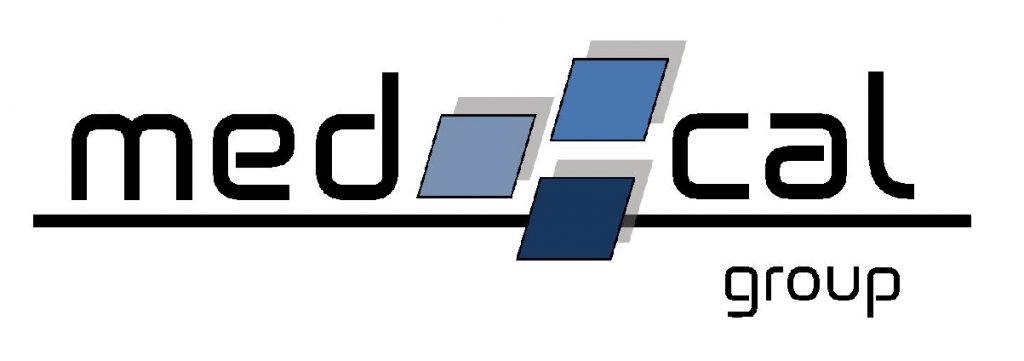
Medical billing is as complex as it gets. While it is ideal for every healthcare provider to process and submit claims error-free, compliance issues and other inappropriate practices are sometimes missed. In this case, medical billing audits can help.
Medical billing audits help identify which areas in medical billing collections need attention and improvement. A healthcare system should know how to run these audits regularly to provide quality care to their patients. Doing so can also aid in achieving clean claims faster.
What is a medical billing audit?
A medical billing audit is an organized process that inspects, evaluates, and analyzes if the documentations are reliable enough for medical billing processing.
It runs quality checks through patients’ health records, medical codes, and other medical billing data that are submitted to insurance providers. This is done to ensure that the processes in medical billings comply with the rules and are free from inappropriate billing practices.
Any aspect in the medical billing collection process affects its overall results. May it come from an honest mistake, or a result of a minor non-compliance issue, it will most likely be considered as a bad claim. There are two types of medical billing audits:
- Prospective audits – These audits are conducted before claims are submitted to payers. This type of medical billing audit focuses on reviewing targeted cases which are often selected based on Office of Inspector’s (OIG) guidelines.
- Retrospective audits – This is the type of audit that reviews claims after it was submitted. Preferably during adjudication, the claim was considered either paid, denied, or pending. Retrospective audits run a deeper look on the internal claims processing to identify problem areas.
8 Things to Consider When Running an Audit
Billing audits ensure quality and hassle-free claims processing. While it involves a series of strict and detailed compliance, it is necessary for everyone involved in the medical billing process. Running a medical billing audit usually comprises these 8 key steps.
1. Are patient records verified?
It’s vital to begin with the patient’s details first. Records should have a verification of the patient’s valid IDs, and authorizations, if applicable. Patient should be able to provide updated information about his/her common details, such as name, date of birth, date of visit, place of service, and others.
These details should be placed in the demographics chart to be matched with its corresponding claim documents. Here, accidental switches can sometimes happen. It’s important to check if the claim demographics and data is the same with that of the patient’s medical records.
2. Is the provider information updated?
Details of the healthcare provider must be updated and accurate. It’s very crucial that the provider indicated in the documentation is legally licensed and has the right credentials approved by the state.
3. Are the records accurate and don’t have duplicates?
Sometimes, duplicate records are attached by mistake. It should be properly checked and inspected to avoid future errors and back-and-forth filing. History of paid and denied claims from a specific healthcare provider with the same date of service, medical codes and bills must also be verified.
It should also follow that codes must be identified too. Everything must be checked and scrutinized during the audit— Like, which codes were paid or what were denied in the previously submitted claims? Are the records the same, or do they have additional details? Has the provider split the bills into separate claims?
4. Are medical history and number of visits accurate?
Chronological records of events that happen every visit should also be accurate during audits. There should be records in the documents that show every patient encounter, physical examination, and succeeding check-ups.
It should provide detailed, valid, and legible entries that discuss the findings of the physician in service. It should also have a list of the patient’s health problems indicated in their records. Everything must be properly documented, including referrals to other departments to prove that there is proper coordination in the practice. These should also contain the date of service, with a summary of visits.
5. Is the diagnostic report factual?
Once all the above details are verified, diagnostics should be checked and inspected as well. From blood works, examinations, and other laboratory tests, everything must be documented and verified.
Certain reports like radiological tests will only be completed upon image interpretation, and must be authorized by the professionals. All results must have corresponding dates and must be legally authorized.
6. Does the report match with diagnosis and treatment?
As follows, diagnosis and treatment should be able to match the diagnostic report. This part is one of the most crucial areas since the final diagnosis forms the basis of the treatment plan.
Treatment plans should be consistent with the patient’s diagnosis and must include in the records a summary of reports from consultants, lab technicians, and imaging or scan interpretations. These data should be able to match the attending physician’s findings and recommended treatments.
7. Are the prescribed medications valid?
Next is to validate if the medical prescriptions given are valid. Documents should have a record of medication and drug prescriptions, including refills, if necessary. For medical devices prescribed, this should also be verified with the attending physician.
Confirmation of these documentation must also include the patient’s education on the recommended medications. Patients must be given the proper instructions on doses and intake and should be monitored in the report.
8. Did they use the right code formats?
Last but not the least, and probably the most crucial of all, is the inspection of medical coding. Coding compliance must be verified and scrutinized to avoid any mistakes. Medical billing audits also suggest checking if CPT/ICD codes are used properly.
Modifiers used in coding play a big role in the medical billing process. It should be inspected and evaluated to avoid the risk of errors. Perform a cross-check with the bills and codes assigned and see if there are unlisted codes, wrong codings, upcodings, and others.
What are the benefits of a medical billing audit?
Running audits on a regular basis can improve how you do processes in your practice and minimizes claim denials. While there are no rules that oblige you to run them every now and then, health providers are seeing its benefits in their overall performance.
Here’s why you should conduct medical billing audits:
- Error-free claims submission means faster payouts, which also means more profit to your practice.
- It helps you manage your operations and processes, and find out what needs attention and guidance.
- It provides your staff with an opportunity to correct mistakes before it gets worse.
- It protects your practice against fraudulent claims and other compliance issues.
- It prevents you from making mistakes that may sometimes cause you money.
….
Trust that in MedCal, we make sure that the entire billing processing is smooth, fast, but completely error-free. We conduct regular medical billing audits to ensure factual, accurate, and faultless medical billing collections and processing. Talk to us today!
Last updated on 2022/06/26 | Posted on 2022/06/21

